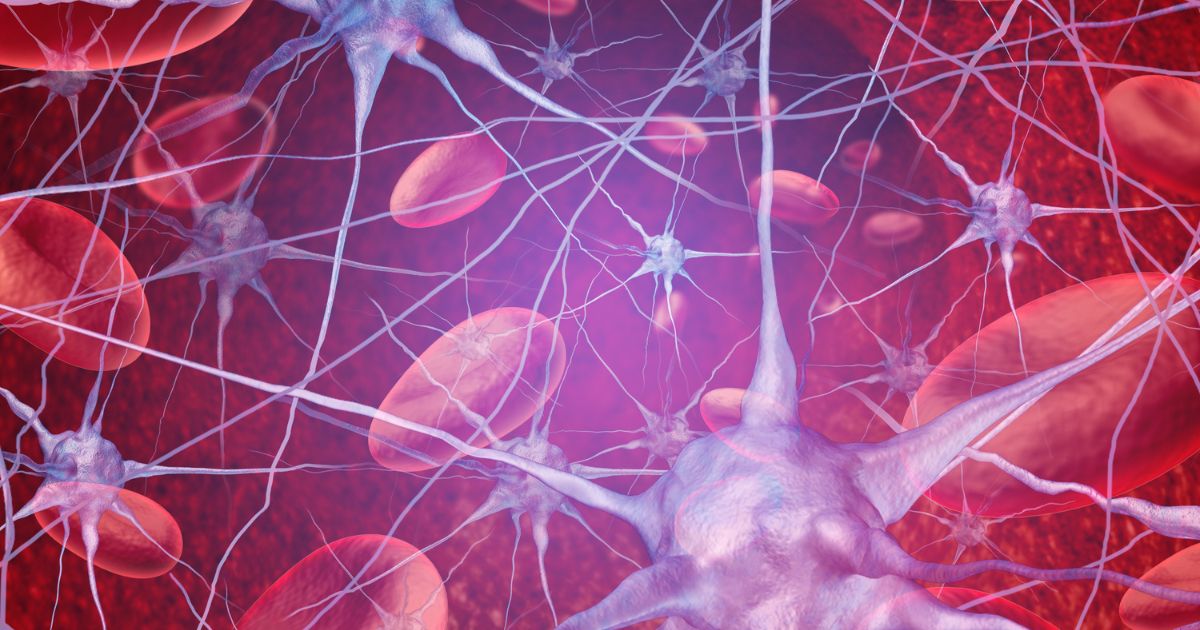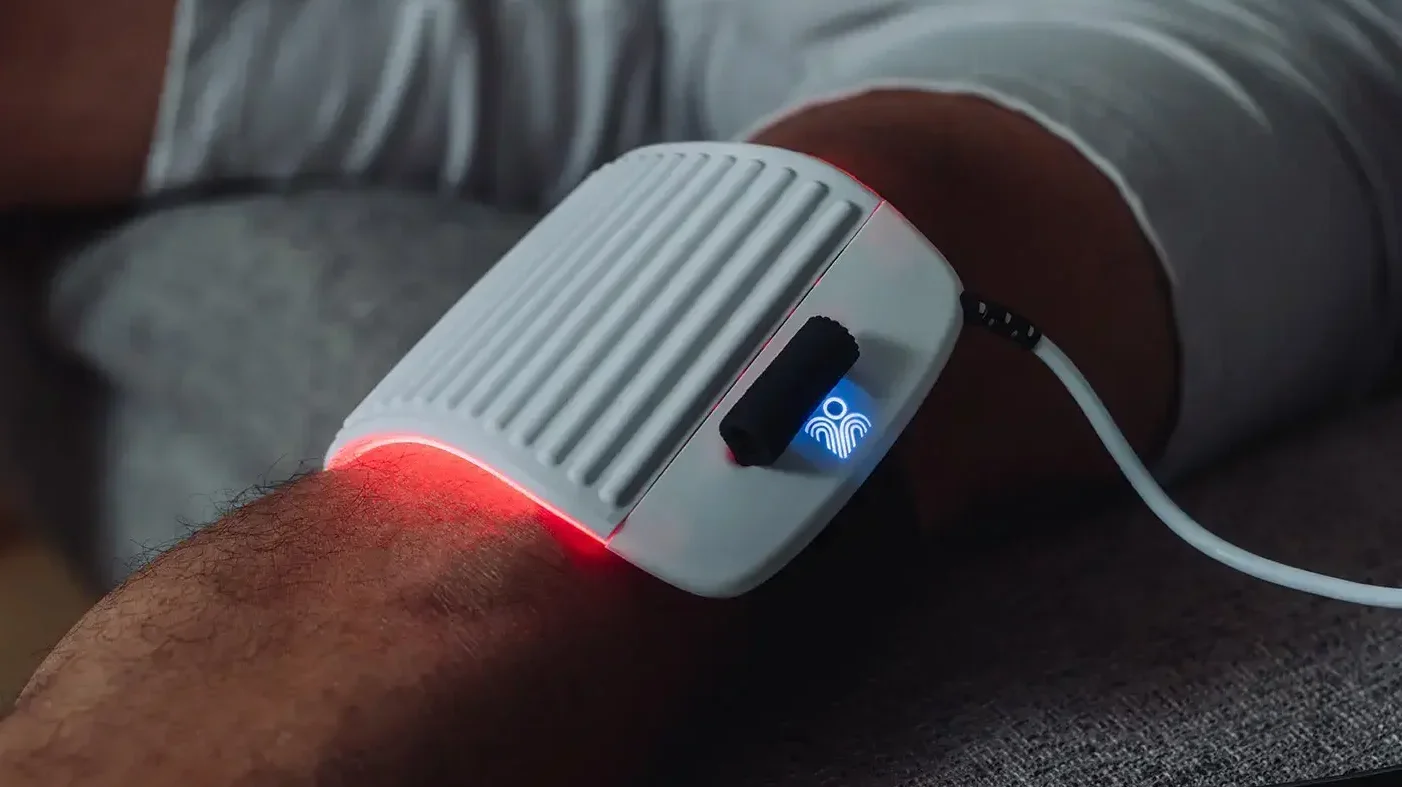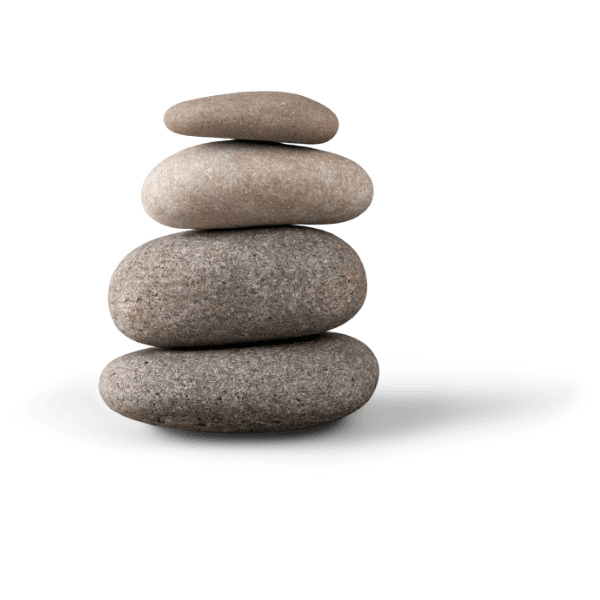If you are wondering what osteopathic medicine is, you are not alone. Osteopathy is a holistic form of healthcare that focuses on the musculoskeletal system and its relationship with the rest of the body.
Developed by Andrew Taylor Still, an American osteopathic physician, in the late 19th century, osteopathic manipulation rests on the principle that the body can heal itself and that by treating it as a whole rather than just the symptoms, we can help it to heal more effectively.
Despite its long history in health care, osteopathy remains a relatively unknown and misunderstood form of healthcare. Some misconceptions about osteopathy cause confusion and fear among osteopathic physicians and patients.
This blog post will demystify the osteopathic profession by separating fact from fiction. We will explain osteopathy, its fundamental principles, its differences from traditional medicine, and its benefits. We will also clarify some common misconceptions about osteopathy and explain how to find a qualified osteopath. By the end of this post, you will better understand what osteopathy is and how it can help you.
Understanding Osteopathy
Osteopathic manipulative medicine is a form of alternative medicine that focuses on the musculoskeletal system and its relationship with the rest of the body. Osteopaths believe that the body is a self-regulating and self-healing organism and that by treating the body as a whole rather than just the symptoms, we can help it to heal more effectively.
Key Principles of Osteopathy
To better understand the osteopathic manipulative treatment, here are some fundamental principles to consider.

The body is a unit
One of the critical principles of osteopathy is that the whole body is a unit, which means all body parts are interconnected, and dysfunction in one area can affect others. For example, a problem with the back muscles could lead to leg or arm pain.
The body Can self-heal and self-regulate
Osteopathic physicians also believe the body can self-heal and self-regulate, given the right conditions.
Structure and function are interrelated
Another essential principle of osteopathy is that structure and function are interrelated. That means how the body is structured affects how it functions and vice versa. For example, if the spine is misaligned, it can affect the function of the nervous system, leading to various health problems. Therefore, osteopathic treatment addresses the body’s structure and function to promote optimal health and well-being.
Treatment is According to the individual needs of the patient
Osteopathic treatment fits the individual needs of the patient. Unlike traditional medicine, which often relies on drugs or surgery, osteopathy uses manual techniques to restore balance to the body and promote healing. These techniques include soft tissue massage, joint mobilization, stretching, and manipulation. Osteopathic physicians also consider the patient’s lifestyle and environment and may recommend changes to diet, exercise, or other habits to support optimal health.
Osteopathic treatment aims to address the root cause of the problem, not just the symptoms.
Osteopathic treatment is a holistic approach to healthcare that focuses on identifying and addressing the underlying cause of a problem rather than just treating the symptoms. By treating the root cause, osteopaths aim to promote long-term healing and prevent future issues.

This approach often involves using a range of manual techniques to restore balance and function to the body and providing lifestyle recommendations to support overall health and well-being.
How osteopathy differs from traditional medicine
Osteopathy differs from traditional medicine in several ways.
Osteopathy focuses on the underlying causes of the problem and aims to address the root cause.
Osteopathy takes a holistic approach to healthcare, treating the body as a whole rather than just focusing on the affected area.
Osteopathy uses manual techniques such as soft tissue massage, joint mobilization, stretching, and manipulation to restore balance to the body and promote healing.
Traditional medicine often relies on medication or invasive procedures.
Osteopathic manual practitioners consider the patient’s lifestyle and environment and may recommend changes to diet, exercise, or other habits to support optimal health.
Osteopathy emphasizes the body’s natural ability to heal and promotes overall well-being.
Common Misconceptions About Osteopathy
Many myths and misconceptions about osteopathy cause confusion and fear among patients.
Form of Quackery
One of the most common is that osteopathy is quackery with no scientific basis. It is simply not true – osteopathy is a well-established form of healthcare used for over a century to help people with various conditions.
Painful or Dangerous
Another misconception is that osteopathy is painful or dangerous. On the contrary, while some manual techniques used in osteopathy may be uncomfortable, they should not be painful, and osteopathy is generally a safe and effective treatment.

It is also important to note that osteopathy is not a cure-all – it is simply one tool in the healthcare toolbox. Therefore, it should be made available with other forms of treatment provided by primary care physicians.
Only for those with musculoskeletal problems
Some people believe that osteopathy is only for people with back pain or musculoskeletal problems and that it cannot treat other health issues. However, osteopathy is a holistic form of healthcare that can help with various conditions, including digestive issues, respiratory problems, headaches, and stress-related disorders.
Same as massage therapy
Another common misconception is that osteopathy is the same as chiropractic or massage therapy. While these practices have some similarities, they are distinct disciplines with unique approaches to prescription medicine and techniques.
Costly
Some people also believe that insurance does not cover osteopathy or is too expensive. However, many insurance plans cover a doctor of osteopathic medicine and treatment, and many osteopathic physicians offer affordable rates or payment plans to make their services more accessible.
Not Effective
Finally, some people may hesitate to try osteopathy because they are still determining what to expect or how it works. Therefore, it is essential to find a qualified and experienced osteopath who can explain the treatment process and answer any questions or concerns you may have. With the right practitioner, osteopathy can be a safe, effective, and transformative form of healthcare.
Benefits of Osteopathy
Osteopathy has many benefits, including improved mobility, reduced pain, and improved overall health and well-being. In addition, it effectively treats various conditions, from back pain and arthritis to headaches and digestive problems.

Osteopathy is also a holistic form of healthcare, meaning it focuses on treating the whole person rather than just the symptoms.
There are many benefits to osteopathy, including the fact that it is a non-invasive and drug-free form of treatment. Osteopathic treatment is also tailored to each patient’s needs, making it highly personalized and effective.
One of the critical benefits of osteopathy is that it can help to relieve pain and discomfort in the body. So it is because osteopathic treatment focuses on addressing the problem’s root cause rather than only treating the symptoms.
Osteopathy can also help to improve overall health and well-being. By addressing imbalances in the body’s systems, osteopathy can help to improve circulation, reduce stress, and promote relaxation.
Osteopathy offers many benefits that can help individuals overcome different health conditions. Here are some of the most notable benefits of osteopathy:
Pain relief: Osteopathic treatment can help alleviate pain caused by various conditions, such as back pain, neck pain, headaches, and joint pain.
Improved mobility: Osteopathic techniques can help improve joint mobility and range of motion, allowing individuals to move more freely.
Improved posture: Osteopathic treatment can help correct postural imbalances, which can help prevent or alleviate pain and discomfort caused by poor posture
Stress relief: Osteopathic treatment can help reduce stress and tension in the body, promoting relaxation and improving overall well-being
Improved organ function: Osteopathy can help improve blood flow, lymphatic drainage, and nerve function, enhancing the overall process of organs and tissues in the body.

Examples of conditions that osteopathy can treat include:
Back pain
Neck pain
Headaches and migraines
Arthritis
Asthma
Digestive problems
Menstrual pain
Sports injuries
Pregnancy-related pain and discomfort
Who Can Benefit From Osteopathy?
Osteopathy can benefit people of all ages and fitness levels, from infants to seniors. It benefits those with acute injuries, chronic pain, stress, and anxiety. Osteopathy can also be used with other forms of treatment, such as physical therapy and chiropractic care, to help improve overall health and well-being.
Osteopathy can be particularly beneficial for people who are looking for a non-invasive and drug-free form of treatment. It is also a good option for people who have not succeeded with other treatment forms or are looking for a more holistic approach to healthcare.
What is Osteopathic Treatment, and How Does it Work?
During an osteopathic treatment, the osteopath will thoroughly examine the patient’s musculoskeletal system, considering their medical history and current symptoms. The treatment will involve using manual techniques to address any imbalances or dysfunctions in the body to restore balance and promote healing. Here are some things to expect during an osteopathic treatment:
Initial consultation
The initial consultation is crucial to osteopathic treatment as it allows the osteopath to thoroughly understand the patient’s condition and develop an appropriate treatment plan. During the consultation, the osteopath will ask the patient about their medical history, including any previous injuries or surgeries, and their current lifestyle habits, such as exercise and diet.

The osteopath will also conduct a physical examination, which may involve assessing the patient’s posture, range of motion, and any areas of tenderness or pain. It can provide valuable information about any imbalances or dysfunctions in the body, which the osteopath can address using manual techniques.
In addition to gathering information about the patient’s condition, the initial consultation is also an opportunity for the osteopath to establish a rapport with the patient and build trust. By listening to the patient’s concerns and explaining the treatment process, the osteopath can help the patient feel more comfortable and confident in their care.
Overall, the initial consultation is an essential part of osteopathic treatment, providing the osteopath with the information they need to develop a personalized treatment plan and helping the patient feel more engaged in their healthcare journey.
Patient Participation
Patient participation is a critical aspect of osteopathic treatment, and it is based on the idea that patients play an active role in their own healing process. Osteopaths believe patients engaged in osteopathic medicine are more likely to experience positive outcomes and achieve long-term health and well-being.
The osteopath may recommend specific exercises or stretches for the patient at home as part of their treatment plan. These exercises can help improve strength, flexibility, and range of motion and can effectively complement the manual therapy provided during the treatment session.
In addition to exercises, the osteopath may also recommend lifestyle changes to support optimal health. That can include dietary modifications, stress management techniques, and other self-care practices. By making these changes, patients can help address their condition’s underlying causes and support their body’s natural healing processes.
Patient participation also involves open communication between the patient and the osteopath. Patients are encouraged to ask questions and provide feedback throughout the treatment process. The osteopath will work with them to develop a personalized treatment plan that meets their individual needs and goals.
Overall, patient participation is a crucial aspect of osteopathic treatment. It empowers patients to take an active role in their healing process and can lead to better outcomes and long-term health and well-being.
Osteopathic Techniques
Osteopathy uses various non-invasive manual therapy techniques to address imbalances and dysfunctions in the body. Here are some examples:
Soft tissue techniques: This includes techniques such as myofascial release, trigger point therapy, and lymphatic drainage. These techniques involve gentle pressure and stretching to release tension in the body’s muscles and other soft tissues.
Joint mobilization: This involves gently moving the joints through their range of motion to improve their function and reduce pain. The osteopath may use traction, oscillation, or rhythmic mobilization techniques.
Muscle energy techniques involve the patient actively contracting a muscle while the osteopath provides resistance. It can help to improve joint mobility and reduce pain.
High-velocity, low-amplitude (HVLA) manipulation: The techniques include quick and precise joint movement, which can help restore proper alignment and function. This technique is for conditions like back pain, neck pain, and headaches.
Overall, osteopathy provides a unique approach to healthcare that emphasizes the body’s natural ability to heal itself and promotes overall well-being. By addressing the underlying causes of the problem, rather than just the symptoms, osteopathy can help to restore balance to the body and promote optimal health.
Finding a Qualified Osteopath
It’s crucial to find a qualified doctor and reputable osteopath to ensure that you receive safe and effective treatment. Here are some tips to help you find a qualified osteopath:
Check their credentials: Ensure your chosen osteopath is registered and licensed to practice medicine in your country or state. You can check their credentials with an osteopathic medical school, your medical doctor, or a local regulatory authority.
Ask for recommendations: Ask your friends, family, medical students, or healthcare provider. They may be able to suggest an osteopath they have had a positive experience with.
Look for experience: Choose an osteopath with experience treating your specific condition. For example, if you have back pain, look for an osteopath specializing in treating back pain.
Questions to ask before choosing an osteopath
Before choosing an osteopath, it’s essential to ask the right questions to ensure that they are the right fit for you. Here are some questions to consider:
What is your experience and training in osteopathy?
How long have you been practicing osteopathy?
Can you provide references or testimonials from previous patients?
What is your approach to treatment?
How long does a typical session last?
How many treatments will I need?
What are the potential risks or side effects of osteopathic treatment?
What is the cost of treatment, and does insurance cover it?
Final Thoughts
In conclusion, osteopathy is a form of alternative medicine that focuses on the body’s natural ability to heal itself. It takes a holistic approach to healthcare and provides comprehensive care to the whole body, addressing the root cause of the problem rather than just treating symptoms.
Osteopathy uses manual techniques such as soft tissue massage, joint mobilization, stretching, and manipulation to promote healing and restore balance to the body. While some misconceptions and myths exist about osteopathy, it has been a safe and effective treatment for over a century.
If you are considering osteopathic treatment, it is vital to find a qualified and reputable osteopath with specialized training who can help you achieve your health goals.






